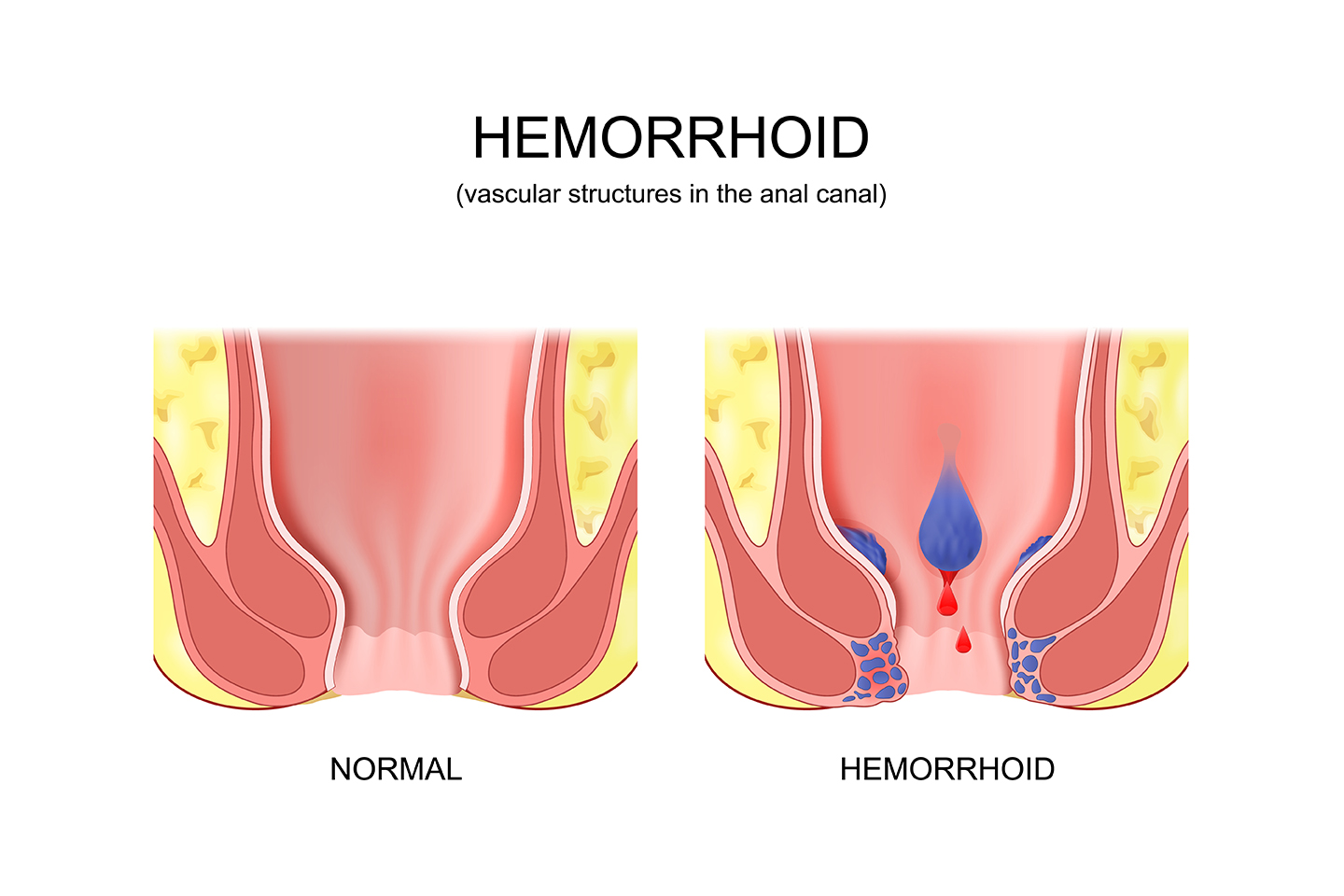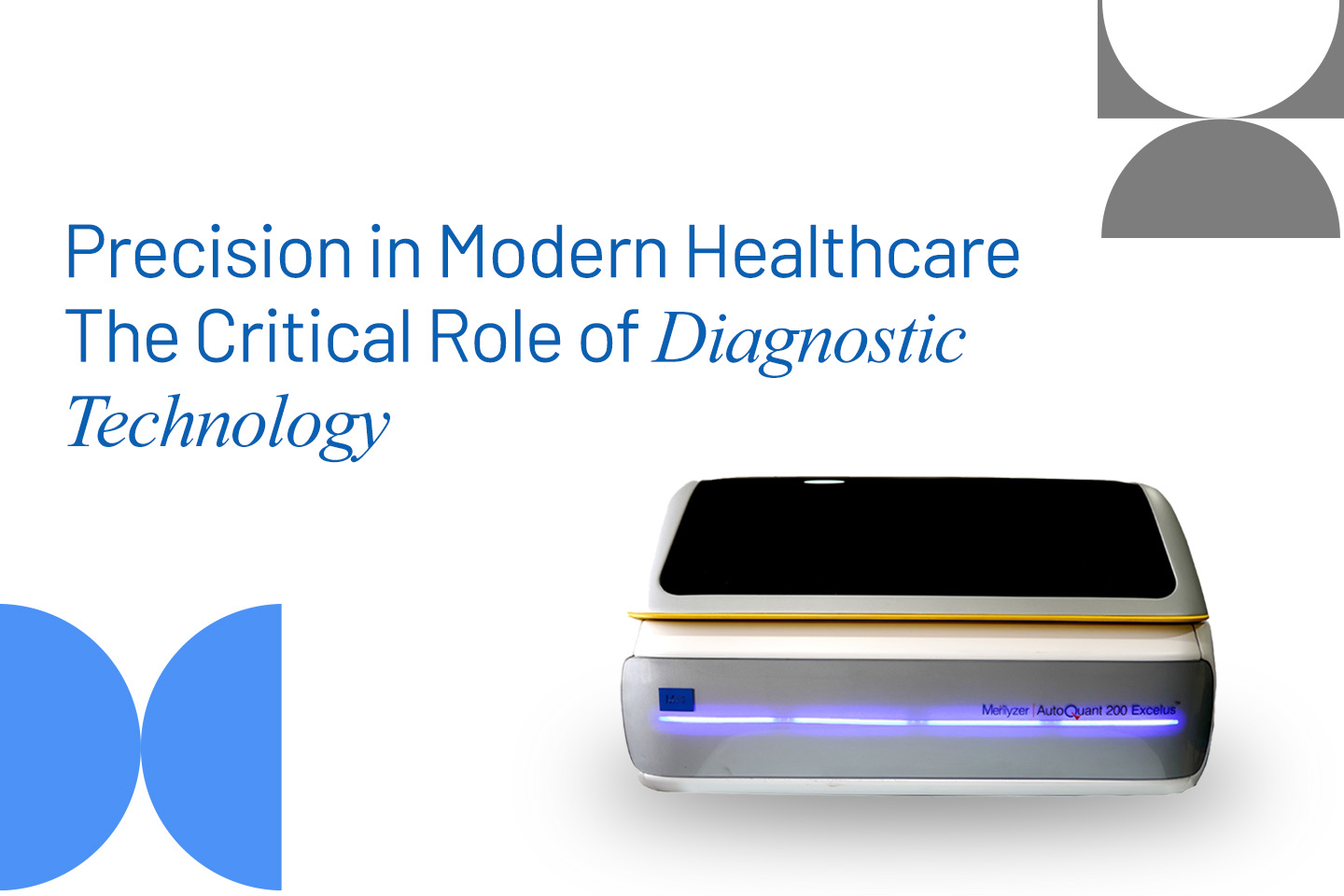Medical Devices
Prominent Symptoms to Identify Piles Early

Introduction
Timely detection and prompt treatment are crucial to preventing any disease or medical condition from worsening. The underlying requirement, however, is to identify the causes and be aware of the symptoms of the disease for an informed decision for its treatment. Every disease usually gives a warning sign, either at an early stage or later, that needs attention and diagnosis for its effective cure and/or treatment.
Often, most common diseases or medical conditions may have lesser-known symptoms or no symptoms in the earlier stages of their advancement. One such condition is Hemorrhoids (Piles), also known as Piles. It is one of the most common anorectal conditions reported in both men and women above the age of 50. But its prevalence in younger adults need not be ruled out. The lack of awareness and misconceptions associated with the condition and the shame factor amongst the masses for discussing its occurrence has made piles treatment more challenging for the healthcare sector in India. A sedentary lifestyle, obesity, excessive physical exertion, heavy weightlifting, and a low-fiber diet are some of the contributing factors to the condition.
Hemorrhoid and its Types
Hemorrhoids or piles are clusters of tissues with swollen blood vessels in or around the anus or lower rectum. They appear like varicose veins and often bulge out of the anus when under pressure. In most cases, they are painless and go out on their own. However, sometimes, they may need to be treated with home remedies and/or nonsurgical or surgical treatment, depending on the degree of pain, discomfort, and the severity of the condition. Hemorrhoids could be internal, external, or thrombosed.
Internal hemorrhoids stay inside the anal canal and are not seen or felt unless they are prolapsed. When the blood vessels enlarge, they protrude out of the anus, which are termed as prolapsed hemorrhoids. These prolapsed hemorrhoids may go back inside the anal canal on their own or need to be pushed back. Suppose a prolapsed internal hemorrhoid cannot be pushed back. In that case, it may get strangulated in the sphincter muscle, causing severe pain and discomfort.
Internal hemorrhoids are graded depending on the degree of their protrusion or prolapse.
Grade 1 – they do not prolapse and remain inside the anal canal.
Grade 2- they prolapse when passing stool but go back inside the anal canal on their own.
Grade 3- they need to be pushed back inside the anal canal once prolapsed.
Grade 4- they are prolapsed and remain so until treated.
External hemorrhoids are clusters of tissues developed around or outside of the anus and can be seen and felt. They appear like a small lump outside of the anus having a rubbery texture with red or skin color. They are painful and cause severe discomfort as they can be felt.
Thrombosed hemorrhoids have blood clots developed inside them. These blood clots can develop in both internal and external hemorrhoids. They appear bluish and are firm when felt.
Signs of Piles
The signs of piles depend on their type. Some are painless; some may develop into painful types with progression. Internal piles may not show symptoms in the early stages and may not be detected at the start. They are often missed for early treatment since they are not seen or felt. Its progression may lead to pain, discomfort, associated symptoms, and damage that might require medical attention, which could have been avoided if detected earlier. External piles, as seen with the naked eye, can be detected and taken care of with timely diagnosis and treatment. The symptoms are mostly the same in all piles except that external ones are visible while internal types are not.
Internal Hemorrhoids- The symptoms/signs of internal hemorrhoids/piles include-
- Bright and fresh red blood in feces without pain.
- Mucus secretion or fecal discharge makes the patient feel wet and uncomfortable.
- Burning sensation after defecation.
- Itching and irritation around the anus,
External Hemorrhoids- The patients may experience the following hemorrhoids or piles symptoms/signs.
- Lumps around the anus
- Itching around the anus
- Discomfort
- Bleeding
- Discharge of mucus or feces
These piles symptoms/signs must never be ignored as they may develop into thrombosed hemorrhoids that might be painful and need to be treated for drainage. Anemia, too, is one of the major complications patients often face due to excessive bleeding. The strangulated hemorrhoids do not receive blood supply, causing severe pain and discomfort.
Preventing and/or Treating Hemorrhoids/Piles
The condition can be prevented or its symptoms/signs reduced by ensuring smooth stool to avoid stress on the blood vessels in the anal canal. The ways to prevent its occurrence include-
- Incorporating fiber-rich food into the diet,
- Taking plenty of fluid intake
- Meeting fiber requirements through supplements
- Straining less while trying to pass stool
- Avoiding long periods of sitting
- Staying physically active
- Applying topical cream and ointments
- Sitz bath
- Prescribed medications (pain relievers, anti-inflammatory drugs, medications to treat constipation).
Treating Hemorrhoids/Piles
One must consult the doctor for diagnosis when the condition flared up with consistent pain and discomfort. When home remedies and/or medications do not yield the desired outcomes in treating the symptoms, nonsurgical or surgical treatment becomes necessary.
Nonsurgical treatment options
Using local anesthesia, the healthcare professional carries out the nonsurgical treatment options to treat hemorrhoids/piles when home remedies and/or medications do not provide relief from the symptoms.
- Rubber band ligation: As an outpatient procedure, the treatment aims to block the blood supply to the hemorrhoid. The healthcare professional places an elastic band at the base of the hemorrhoid, which will gradually shrink or fall off as it stops receiving the blood supply.
- Sclerotherapy: Under Sclerotherapy, a liquid is injected into the internal hemorrhoid, which leads to scar formation. This scar cuts off the blood supply to the hemorrhoid, which eventually shrinks.
- Infrared photocoagulation: Using infrared light, the internal hemorrhoid receives the heat, forming scar tissue. This scar tissue interrupts the blood supply to the hemorrhoid, causing it to diminish in size.
- Laser treatment: Laser treatment is a minimally invasive option that selectively removes diseased tissues without affecting the surrounding healthy tissues. Using a fine beam of light, the laser treatment pinpoints the hemorrhoid with accuracy and vaporizes it. The procedure is less painful, offering faster healing and recovery.
- Electrocoagulation: In electrocoagulation, scar tissue is formed using electric current into the hemorrhoid. Once the blood supply to the treated hemorrhoid stops, it shrinks.
Surgical treatment options
The surgical options for treating hemorrhoids/piles that do not respond positively to nonsurgical options are-
Hemorrhoidectomy- Under this surgical option, the hemorrhoids/piles are completely removed. The procedure may be done either under local or general anesthesia. The surgeon makes small incisions around the anus to remove the hemorrhoids. The incisions are then stitched. The area of the incisions are required a few weeks to heal and recover.
Stapled Hemorrhoidopexy- Also called the Procedure for Prolapsed and Hemorrhoid (PPH) or Stapled Hemorrhoidectomy, in this procedure, the enlarged and prolapsed hemorrhoids are lifted and stapled leaving them to shrivel or cut off without blood supply.
MIRUSTM HEMORRHOIDS STAPLER from Meril
MIRUSTM HEMORRHOIDS STAPLER is a revolutionary three-row approach for a Minimally Invasive Procedure for Prolapsed Hemorrhoids. It is also available in the conventional two-row model. MIRUSTM HEMORRHOIDS STAPLER offers better security, superior hemostasis, and ease of use, delivering optimum prolapsed hemorrhoidal tissue excision. The optimized staple formation technique delivers adjustable height staples, which causes less tissue tension and delivers the right compression and proper staple line with optimum closed height.
Conclusion
Hemorrhoids/Piles may be harmless and/or painless, but a timely diagnosis helps prevent them from aggravating with severe complications. Often this condition shares common symptoms with anal cancer, anal fistula, and rectal cancer, to name a few, and hence timely detection of the cause of symptoms enables prompt remedial actions with the correct piles treatment options. Painless bleeding, itching, irritation or burning sensation, lumps, and swelling near the affected area are symptoms that need to be addressed with prompt diagnosis and treatment for a healthy and enriched life. Always choose prevention over cure. Stay aware and shed away all inhibitions and shame to talk about the discomfort and pain associated with the condition and consult your doctor for immediate medical intervention.
References
https://ada.com/signs-of-hemorrhoids/
https://www.medicalnewstoday.com/articles/73938#types
https://www.vinmec.com/en/gastroenterology-hepatobiliary/health-news/signs-of-mild-hemorrhoids-in-the-early-stages/





